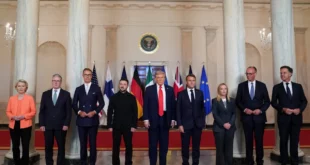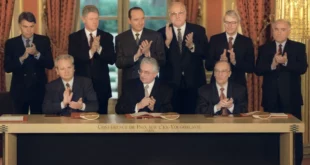Iraqi forces on Tuesday reported progress in the US-backed campaign to dislodge Daesh from Mosul, announcing the capture of a district just north the city’s historic centre.
With the loss of the Zanjili neighbourhood, the enclave still held by Daesh in the northern Iraqi city has shrunk to two districts along the western banks of the Tigris river – the densely populated Old City centre and the Medical City.
Iraqi government forces retook eastern Mosul in January and began a new push on May 27 to capture the remaining enclave, where up to 200,000 people are trapped.
The Mosul offensive started in October with air and ground support from a US-led international coalition. It has taken much longer than expected as Daesh is fighting in the middle of civilians, slowing the advance of the assailants.
The fall of Mosul would, in effect, mark the end of the Iraqi half of the “caliphate” declared in 2014 over parts of Iraq and Syria by Daesh leader Abu Bakr Al Baghdadi, in a speech from a historic mosque in the old city.
About 800,000 people, more than a third of the pre-war population of Mosul, have already fled, seeking refuge either with friends and relatives or in camps.
Meanwhile, a London-based military analysis group says the siege of Mosul and targeted killings of experts in US-led airstrikes have significantly degraded the Daesh group’s ability to produce chemical weapons, although the group likely retains expertise to produce small batches of sulfur mustard and chlorine agents.
Check Also
National dialogue and the legislature, the dilemma of representation and role
Syria puts its house in order
The revolutionaries who entered Damascus wasted little time before beginning to reorganise and restructure Syria’s …
 Eurasia Press & News
Eurasia Press & News



